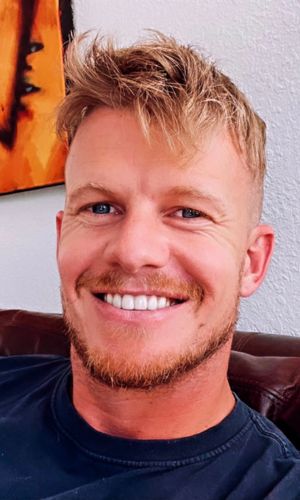Scoliosis
Scoliosis, as defined in Mayo Clinic, is a condition characterized by an abnormal sideways curvature of the spine, usually diagnosed in children or adolescents. Unlike the spine’s normal forward and backward curves, scoliosis involves a lateral shift that can affect posture. It is a complex condition, with the spine curving in multiple planes, and can vary in severity. Diagnosis often occurs during adolescence, and treatment may include physical therapy, bracing, or surgery.
As stated by the American Association of Neurological Surgeons, Scoliosis affects around 2-3% of the population, translating to about six to nine million people in the United States. The most common age of onset is between 10 and 15 years, with boys and girls affected equally, though girls are eight times more likely to need treatment. Annually, approximately 30,000 children require braces, and 38,000 undergo spinal fusion surgery, with more than 600,000 doctor visits for scoliosis-related care.
For more detailed information on the prevalence of scoliosis and available resources, you can visit the National Scoliosis Foundation. Their website provides comprehensive insights and support for those affected by the condition.
Understanding Scoliosis
Symptoms
Scoliosis often presents with visible changes in posture and body alignment. While some individuals may not experience discomfort, the physical signs can vary in severity and may become more noticeable over time. Recognizing these symptoms early is important for seeking timely diagnosis and treatment.
The most typical symptoms based from Mayo Clinic include:
✅Uneven shoulders, where one shoulder blade may appear more prominent than the other
✅Head misalignment, not centered directly above the pelvis
✅Uneven hips, with one hip raised higher than the other
✅Uneven waist, showing imbalance in the lower body
✅Asymmetrical rib cage, where ribs are at different heights or one side juts forward
✅Prominent back curve, noticeable when bending forward
✅Skin abnormalities over the spine, such as dimples or patches
✅Leaning to one side, causing an overall shift in body posture
While scoliosis may start with subtle physical changes, it’s important to consult a healthcare provider if any of these signs are observed. Early detection can prevent the condition from worsening and help manage symptoms effectively.
You Are Stronger Than
Scoliosis
Having scoliosis doesn’t mean your life has to slow down. With modern medical advancements and tailored treatment plans, it’s entirely possible to manage scoliosis effectively. Recovery is achievable, and many people move forward to live active, pain-free lives with the right care. Remember, scoliosis is just one part of your story, and you have the strength to write the rest.
You might be asking these
Questions
❔“Do you find yourself leaning to one side more often without realizing it?”
❔“Do you experience back discomfort or feel that your spine isn’t aligned properly?”
❔“Have you noticed any difficulty keeping your balance, especially when standing or walking?”
❔“Does your posture feel off, or do people ask why you stand a certain way?”
❔“Do your shoulders or hips seem uneven when you look in the mirror?”
❔“Have you had friends or family mention that your body looks asymmetrical, like one shoulder or hip being higher than the other?”
If any of these questions resonated with you, it’s a clear sign that it’s time to reach out for help. Expert support is available to help you understand and manage scoliosis, so you can take control of your health
If it’s YES??? Then check out the testimonials below…
From Curves to
Confidence
The challenges of scoliosis are real, but so are the victories; it’s one that countless individuals have successfully navigated. Their stories of determination, strength, and perseverance serve as a powerful reminder that no matter how difficult the path may seem, recovery is entirely possible. These individuals faced the same fears, frustrations, and uncertainties but found their way to healing and are now living fuller, healthier lives. Let their experiences inspire and empower you as you begin or continue your journey to recovery.
“I’ve had the privilege of working with the Take Courage Coaching pain coaching program for years with multiple patients. I am grateful for the consistent work they do with this challenging population. Becky Curtis and her team really “get” chronic pain and the need for functional restoration and attention to mood and thoughts. They provide an essential service for our patients after they leave the inpatient setting.”
“Roy Elam, MD, collaborated with Becky to provide the Vanderbilt Center for Integrative Health staff with coaching skills. He’s inspired by her trustworthiness, dedication to healing and the disciplined program she’s envisioned and created. “The outcome data she is tracking…substantiates the efficacy of TCC,” he notes.”
“Gary Lusin is a Physical Therapist who has assembled a comprehensive therapy and rehabilitation program in Bozeman, Montana. He partners with Take Courage Coaching on patients who can benefit from additional education and support, and notes that the TCC program “has offered these patients an excellent educational and supportive service to help them move to a higher level of function..”
Our team of professionals, including experienced coaches, is here to support you in your scoliosis recovery journey. Coaching can be a valuable complement to your medical treatment, offering guidance, personalized strategies, and encouragement as you work through scoliosis’s physical and emotional challenges.
Whether you’re managing pain, adjusting to treatment, or simply seeking a more balanced lifestyle, our coaches are here to help you take meaningful steps toward your goals. Their expertise can empower you to confidently navigate your path to healing, one step at a time.
Why choose coaching as part of your scoliosis journey?
✅ Tailored Exercise Plans: Coaches develop personalized exercise routines designed specifically for your type of scoliosis, helping you strengthen your muscles and improve mobility safely and effectively.
✅ Expert Guidance: A coach with scoliosis experience offers specialized knowledge that helps you manage your condition better than general approaches. They provide insights that make a real difference in preventing curve progression.
✅ Ongoing Motivation: Coaches keep you motivated by constant support and check-ins, ensuring you stay on track and feel encouraged throughout your recovery journey.
✅ Confidence Building: Working with a coach helps boost your self-esteem, empowering you to focus on what you can do rather than on the limitations scoliosis may impose. This leads to a more positive outlook and better overall well-being.
Your Support Starts Here
Looking for real, compassionate support in your scoliosis recovery? It’s time to focus on what you can do. Reach out to a coach who can guide you through the ups and downs of scoliosis with expert advice and encouragement. Let’s start your recovery journey together, one step at a time.


